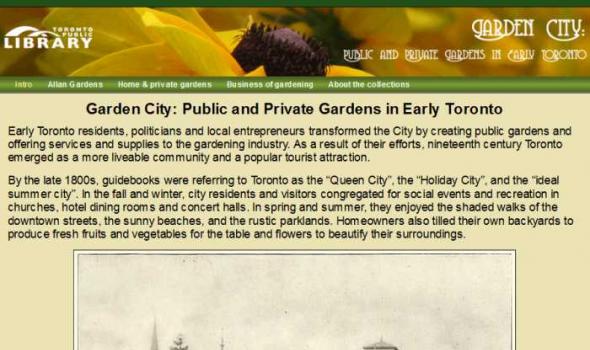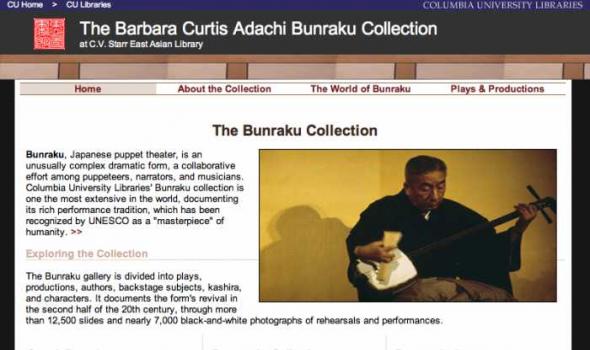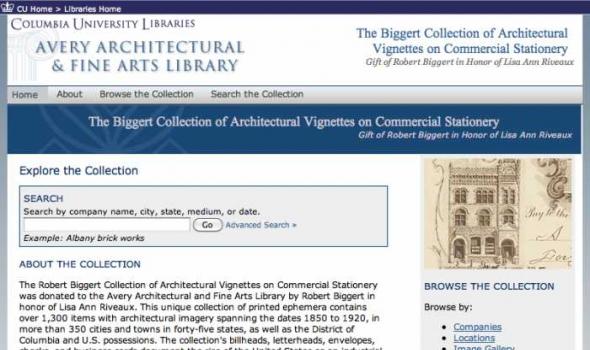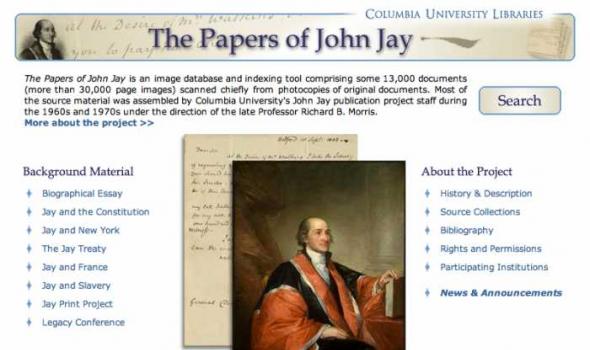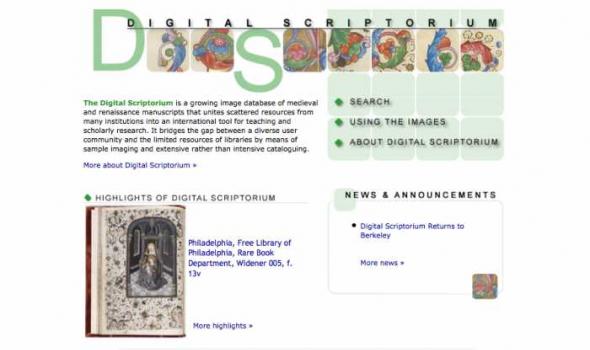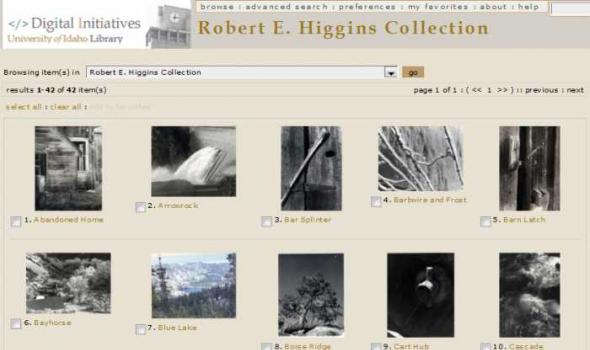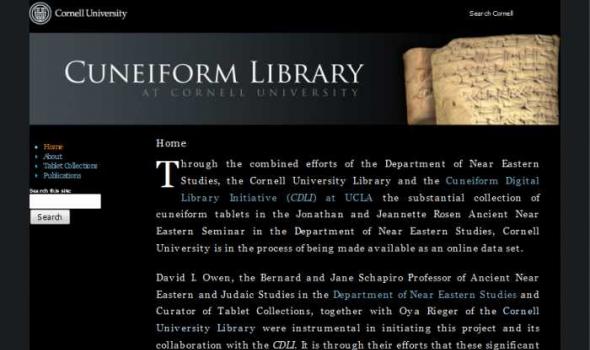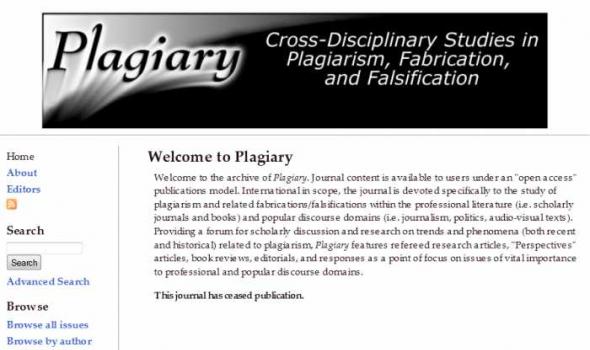Home & Garden
The New York Real Estate Brochure Collection, housed in Avery Architectural & Fine Arts Library's Classics Department , consists of over 9,200 advertising brochures, floor plans, price lists, and related materials that document residential and commercial real estate development in the five boroughs of New York and outlying vicinities from the 1920s to the 1970s. The majority of the collection is offerings for apartment and other residential spaces. This collection of ephemeral advertising material constitutes an invaluable resource for researching New York City architecture. The brochures and related materials provide architects' and agents' names, illustrate interior and exterior views of buildings, display typical floor plans, and list prominent features of the buildings.
Garden and Forest is the first project of the Preservation Digital Reformatting Program in the Library of Congress's Preservation Reformatting Division. It is the first Library of Congress digitizing project to employ Making of America models. Making of America Making of America (MOA) is a digital library comprising reproductions of primary source materials in American social history published in the late-nineteenth century. The original collaborative effort between the University of Michigan and Cornell University to create MOA was funded by the Andrew W. Mellon Foundation.
What is Home Economics? The term "home economics" may call up stereotypical images of girls busily sewing and cooking in 1950s classrooms, images that have led many people to view this field as fundamentally narrow, dull, and socially conservative. In the 1960s and 1970s, the women's movement was often critical of home economics, seeing it as a discipline that worked to restrict girls and women to traditional domestic and maternal roles.
Home economics at Cornell began as part of the Extension Service in 1900, with the Farmers’ Wives Reading Course, supported by Liberty Hyde Bailey (Dean of the College of Agriculture) and implemented by Martha Van Rensselaer. In 1903-1904, Van Rensselaer, Bailey, and Anna Botsford Comstock gave three courses within the College of Agriculture relating to home and family life. In 1907, Bailey decided to create a Department of Home Economics, headed by Martha Van Rensselaer and Flora Rose, who were appointed to professorships (the first for women at Cornell) in 1911. The department became a school in 1919, and, in 1925, the first state-chartered College of Home Economics in the country. Martha Van Rensselaer and Flora Rose were named co-directors.
Garden City: Public and Private Gardens in Early Toronto Early Toronto residents, politicians and local entrepreneurs transformed the City by creating public gardens and offering services and supplies to the gardening industry. As a result of their efforts, nineteenth century Toronto emerged as a more liveable community and a popular tourist attraction. By the late 1800s, guidebooks were referring to Toronto as the “Queen City”, the “Holiday City”, and the “ideal summer city”. In the fall and winter, city residents and visitors congregated for social events and recreation in churches, hotel dining rooms and concert halls.
The primary mission of Catena, the Digital Archive of Historic Gardens and Landscapes, is to fill a void in American higher education by assembling a searchable collection of historic and contemporary images that include plans, engravings, paintings, and photographs to make the following possible: Provide Images for Teaching Landscape Studies Catena offers a readily available set of images to illustrate classroom lectures.




